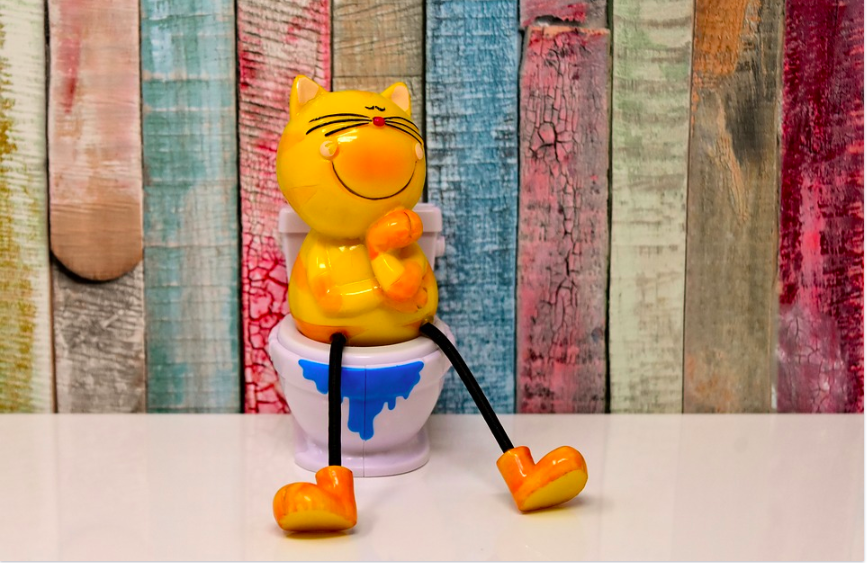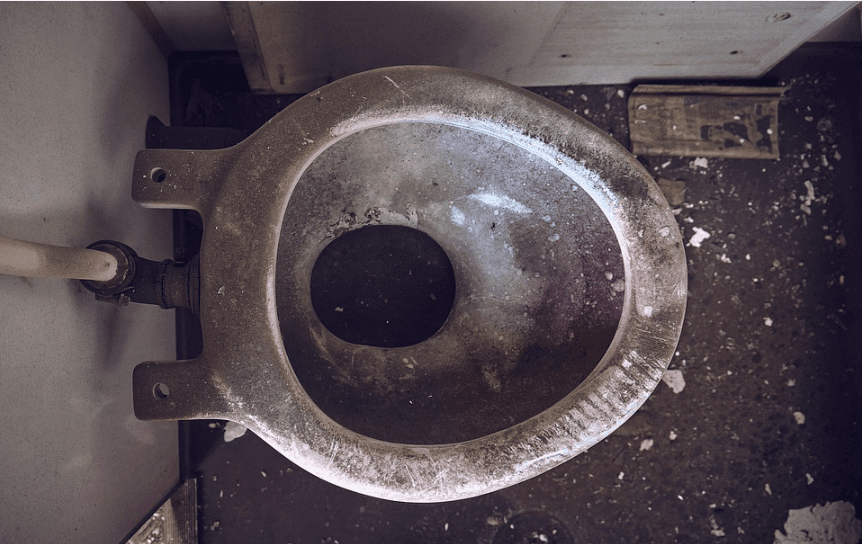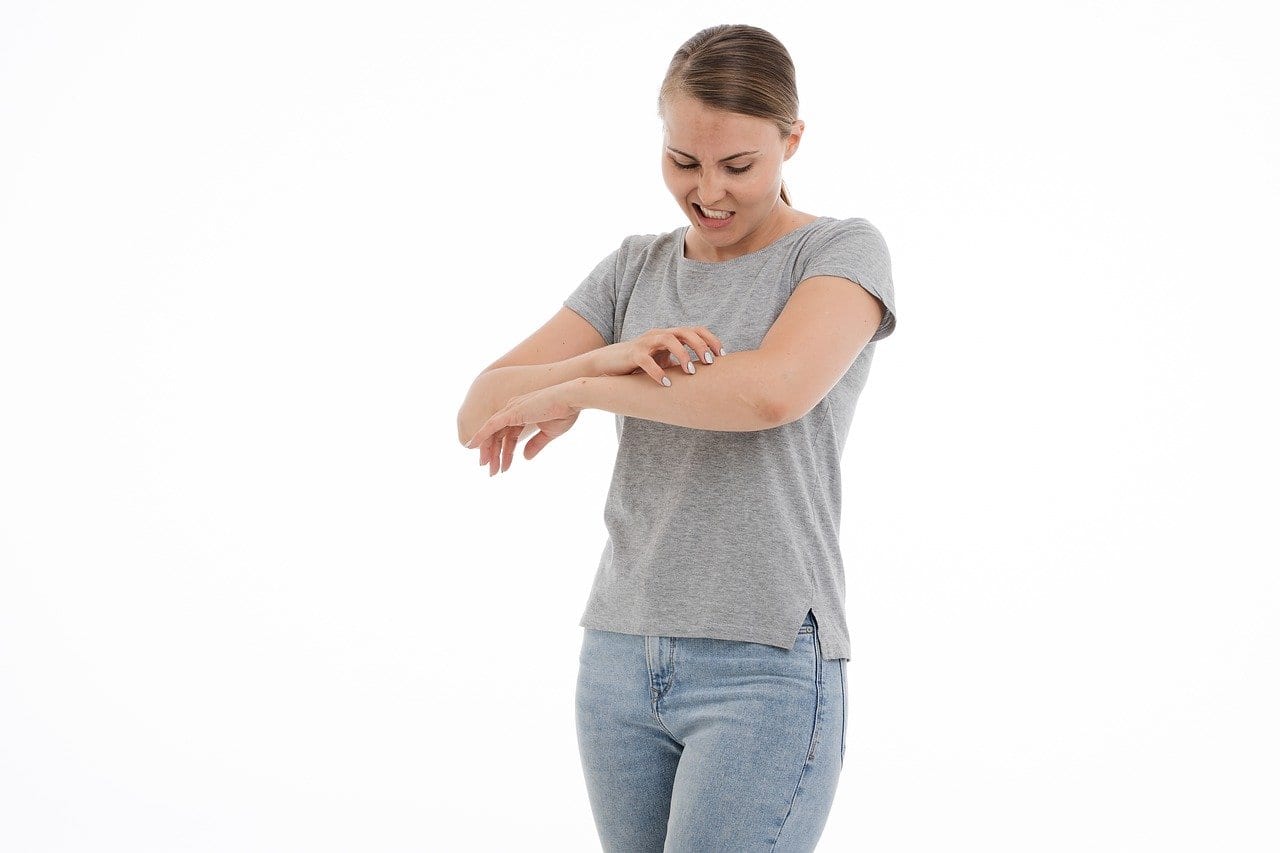When you’re single and you don’t have kids, you may think your life is busy and you have no time for taking care of yourself…
But when you have kids? You’re in for a whole new world, my friends. A walk from the living room to the bathroom might be the only exercise you get during a week filled with family obligations.
Parents are still trying to practice self-care in their own unique ways, though.
And here are some funny tweets about it.
1. That’s what it’s called.
Yes, I sure did let my 3yo eat a popsicle at 7:53am so that I could drink my coffee in peace. It’s called self-care.
— Snarky Mommy (@SnarkyMommy78) November 2, 2019
2. I totally get it.
Friend without kids:
And then facials obviously, just great self care, ya know?Me: Sometimes I hold my face over the mac & cheese steam to clear my pores so, yeah I get it.
— Some Boys' Mother (@someboysmother) April 6, 2019
3. Sleep is all you need.
Finally the kid is asleep. Time for some self care. You know what i’m going to do?
*falls asleep*
— Daddy’s Digest (@daddysdigest) May 6, 2019
4. Whatever works.
Practiced self care by getting a deep tissue massage by a licensed masseur*
*my toddler climbing on my back and digging her knees into my shoulders.
— Marissa
(@michimama75) April 15, 2019
5. It’s a fun game!
I practice self care by letting my husband watch the kids. As I sit in the tub, 90’s music blasting, a bottle of wine, and I drink every time I hear someone yell, “Mom!”
— Maryfairyboberry (@MaryJustice86) April 30, 2019
6. All of the above.
Great ways for parents to get self care:
– Get a massage
-Read a book
– Eat Twinkies for dinner
-Play super loud metal and mosh in the living room
-Make voodoo dolls of your enemies
-Stand on your neighbors’ lawns dressed as a murderous clown
— Arianna Bradford (@TheNYAMProject) December 5, 2019
7. Looks like she’s killin’ it.
My 2-year-old is better at self-care than I am. pic.twitter.com/3c9MXtZHX8
— La Guardia Cross (@LaGuardiaCross) August 19, 2019
8. That’s all you get from now on.
Welcome To Parenthood: Screen Time on the toilet with a locked bathroom door is now your Self Care.
— Goldfish and Chicken Nuggets (@gfishandnuggets) January 9, 2019
9. The ultimate checklist.
Self care essentials:
-hobbies
-quiet time
-adequate sleep
-muzzles for your family
-tranq darts for your neighbors
-an entire cheesecake
-a crown made of dollar bills
-a kitten dispenser
-5 miles between you and anyone else
-scented candles— Healthy Living for Hot Messes (@HLFHM) June 5, 2018
10. DON’T DO IT!
Practice self-care by not looking directly at your haggard image in the Target self-checkout camera.
— Scary Mommy (@ScaryMommy) September 5, 2019
11. Whole lot of screaming going on.
[Self-Care, after kids]
•Bathing (kids screaming)
•Makeup (kids screaming)
•Reading (kids screaming)
•Rest (hahaha, kids screaming)Moral: If you tell a mom she just needs to focus on herself, also offer to watch the kids
— TheBabyLady (@thebabylady7) August 21, 2018
12. You might be on to something.
Practice self care like a toddler:
Do whatever tf you want, say whatever tf you want, wear whatever tf you want, and when someone challenges you on this, throw yourself to the ground, Scarlet O’Hara style, and unapologetically demand treats
—
MacgyveringMom22
(@MacgyveringM22) November 2, 2019
13. Some truth right here.
When you have kids, sitting on your butt watching TV at the end of the day even though you still have 8 million things to do, isn’t lazy. It’s called self-care. It’s prioritizing your sanity. It’s being good to yourself so you can be better for your kids.
— Mommy Owl (@Lhlodder) February 11, 2019
14. The master plan.
Hello, my name is Mary. I enjoy slow, expensive walks through Target and pissing off my kids so they stomp to their rooms and leave me alone. Call it what you will, I just call it self care.
— Maryfairyboberry (@MaryJustice86) August 4, 2019
15. That will also work.
Him: you should practice self care, maybe go to the spa, get a facial.
Me: pic.twitter.com/8IINQGbZjH— Fossilized Tree Resin (@Jamberee13) June 18, 2019
Hey, self-care is important, right? No matter how small the doses are…
Parents, we want to hear from you!
Tell us how you break away if even for a second to have a little time to yourself. Let’s hear from you in the comments!
The post Funny Tweets About Self-Care From Parents appeared first on UberFacts.


 (@thetidebreaks)
(@thetidebreaks) 



 (@KaraNextWeek)
(@KaraNextWeek) 






 = Allergy Eyes
= Allergy Eyes …for some
…for some

